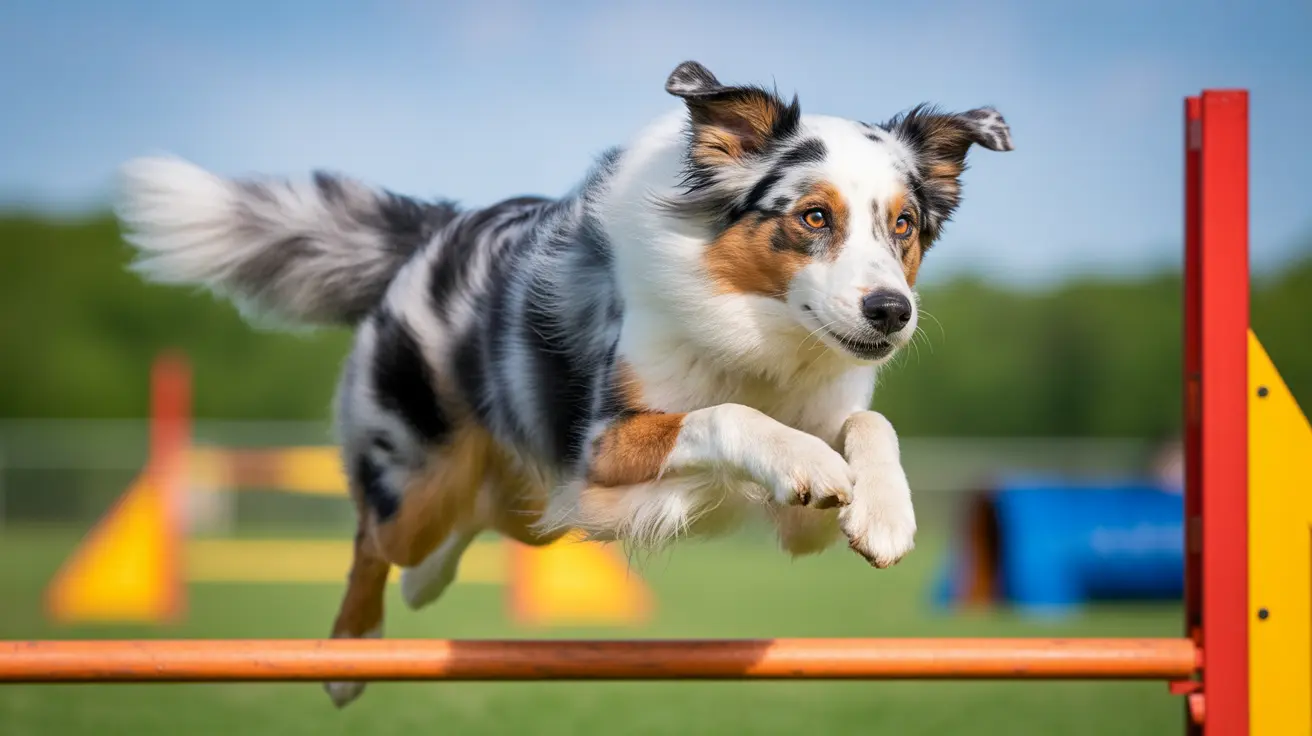Do Puppies Grow Out of HOD? Understanding Hypertrophic Osteodystrophy
Hypertrophic osteodystrophy (HOD) is a developmental bone disease primarily affecting large and giant breed puppies during rapid growth. The condition often sparks concern among pet owners due to its painful symptoms and serious presentation. One common question asked is: Do puppies eventually grow out of HOD? Let's explore the causes, signs, diagnosis, treatment, prognosis, and prevention of this perplexing condition.
What Is HOD?
HOD is a painful, inflammatory condition affecting the metaphyses—rapidly growing parts of long bones—in young dogs. It typically appears between 2 and 8 months of age, with a peak incidence from 3 to 5 months. Breeds commonly affected include:
- Weimaraner
- Great Dane
- Irish Setter
- Boxer
- German Shepherd Dog
- Saint Bernard
- Rottweiler
- Labrador and Golden Retrievers
- Standard Poodle
- Irish Wolfhound
Symptoms and Clinical Signs
The disease manifests suddenly and can vary in severity. Common symptoms include:
- Swelling and pain in the limbs
- Fever
- Lethargy and loss of appetite
- Reluctance to walk or stand
- Bilateral lameness
In very severe cases, puppies may show systemic signs like depression, diarrhea (sometimes bloody), eye and nasal discharge, coughing, or pneumonia. Swelling can also affect the jaw, leading to excessive salivation.
Cause of HOD
The exact cause remains uncertain, but several factors may contribute:
- Genetics (especially in Weimaraners)
- Excessive dietary supplementation (e.g., calcium, vitamin D)
- Poor nutrition or imbalanced diets
- Vaccination reactions
- Infectious agents like canine distemper virus
While vitamin C deficiency was once thought to be involved, current research has largely ruled this out.
Diagnosis
Accurate diagnosis involves a combination of clinical exam and imaging. Radiographs typically show:
- Radiolucent metaphyseal lines ("double physis")
- Periosteal new bone formation
- Soft tissue swelling near growth plates
Lab tests help rule out other conditions such as panosteitis, osteomyelitis, or rickets but usually appear normal in HOD cases.
Treatment Options
Treatment is mainly supportive and tailored to disease severity:
- NSAIDs for pain relief in mild to moderate cases
- Corticosteroids, especially for Weimaraners or severe cases
- Fluid therapy, nutritional support, and hospitalization if needed
- Antibiotics to prevent or treat secondary infections
- Gastrointestinal support including antacids
Diet correction is critical. Over-supplementation—particularly of calcium and vitamins—should be avoided. Puppies must also avoid high-impact activity during recovery.
Prognosis: Do Puppies Grow Out of HOD?
Yes, most puppies grow out of HOD. Episodes typically last 7–10 days and may recur until the puppy reaches skeletal maturity. With proper treatment, most dogs recover fully, showing no long-term effects.
However, there are exceptions:
- Some pups may experience multiple relapses
- Severe or untreated cases might lead to permanent deformities (e.g., limb bowing or joint angulation)
- Rarely, quality of life considerations may lead to euthanasia in intractable cases
Prevention Strategies
While it's not always preventable, you can mitigate the risk:
- Feed a breed-appropriate balanced diet, especially for large and giant breeds
- Avoid growth-accelerating supplements unless prescribed
- Minimize physical stress on growing bones (limit jumping and running)
- Provide soft, supportive bedding
Veterinarians may also advise modifying vaccination schedules for breeds like the Weimaraner with a family history of HOD-related problems.
Conclusion
HOD can be a concerning diagnosis, but the outlook is generally positive with early intervention and proper care. Though painful and sometimes alarming, its self-limiting nature means most affected puppies do recover. Awareness among dog owners—especially of large or giant breeds—is key in ensuring prompt treatment and minimizing complications.
Always consult your vet if your puppy displays signs of discomfort, fever, or lameness. Timely action makes all the difference.





